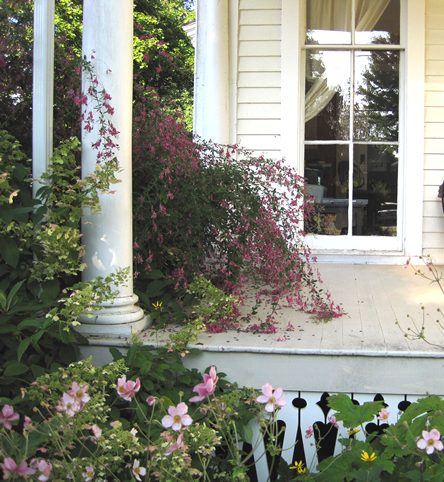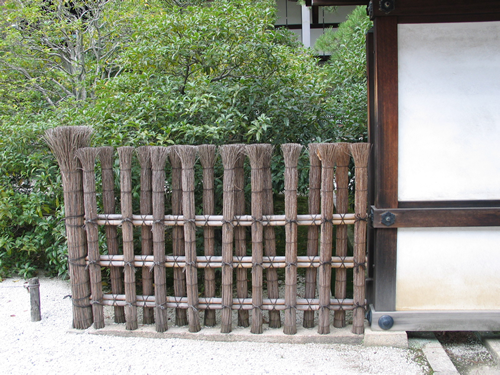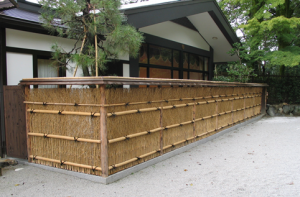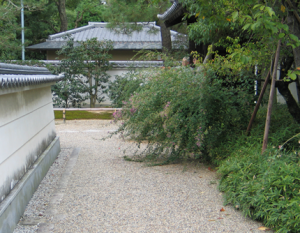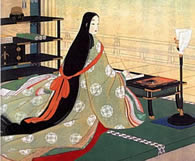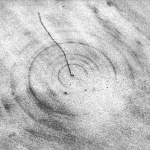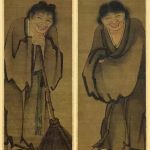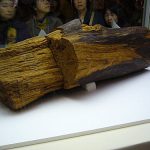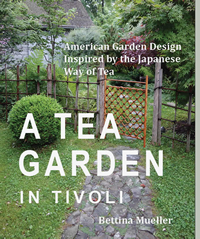In the ninth month – Hagi
In one of the most poignant scenes of The Tale of Genji when Murasaki is dying, she writes her last poem:
“So briefly rests the dew upon the hagi
Even now it scatters in the wind.”
I associate Hagi with all the poetry and romanticism of Japan and it was one of the first things I planted in my garden. I love how it cascades over my front porch in the autumn.
Bush Clover ( Lespedeza Japonica), known in Japan as ‘Hagi’, is one of the seven grasses of autumn and is mentioned in hundreds of verses of the Manyoshu poetry anthology compiled in the 9th century. Hagi is associated with dew and fleeting qualities of life.
In the Hein period of Sei Shonagaon, clothing was formal and women wore many layers of kimono. Color combination of the layers was of prime importance and the names given to the colors were associated with nature, usually plants and flowers. There was a ‘Hagi’ combination of maroon over spring-shoot green, worn only in the autumn.
When I was in Japan I saw Hagi growing everywhere. Brushwood fences are even made from it’s branches.

